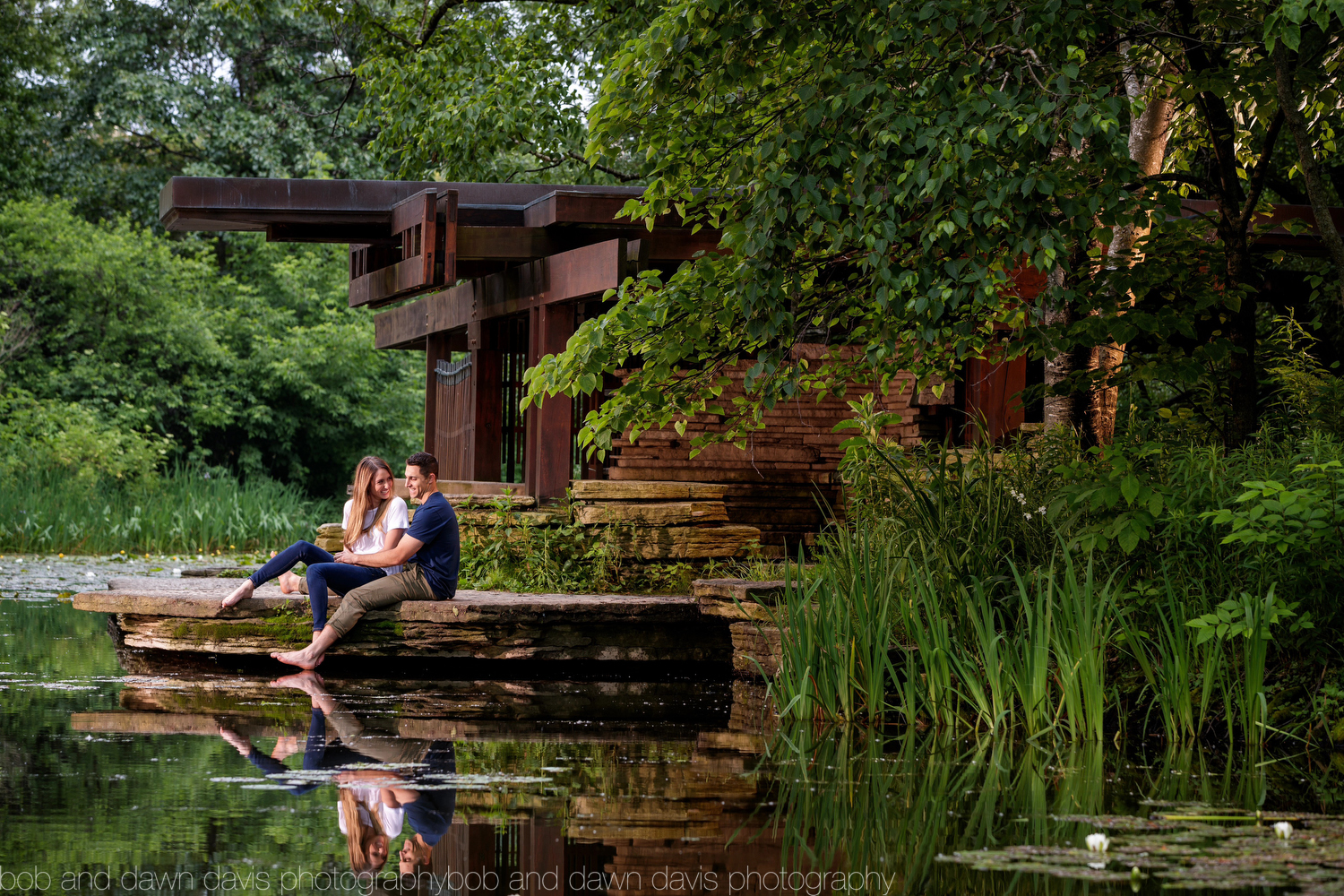Instagram is the main social media platform exclusively centred around imagery, but things have changed and video is becoming as important as still photography. What else do we need to know about the ever-changing Instagram in 2020? Well, it’s #TravelTuesday, I’m Dave Williams, and I’m about to share what I’ve learned so far this year. Let’s go!
Instagram remains a huge means of exposure and if we want to progress our photography, be it as a hobbyist or a pro, we need to be seen. It can be said that to be seen we need to take risks, and it can also be said that putting our images on Instagram is becoming a risk, owing to the recent judgments that Instagram posts may be shared without credit. That’s not what it’s all about, though. It’s not just a case of getting our images shared and “stolen” because of these judgments, but also about the potential rewards. When we have our images shared without credit it’s annoying, it’s an irritation, but it’s usually not benefitting the person sharing it. The difference is that it can benefit us. To get that exposure we need to “work” on Instagram. Here’s how: –
First, it’s not as easy as it used to be. There are algorithms in place which dictate our exposure, our audience, our limits, and if we work to the algorithm, we can take advantage of it rather than dwelling on the negative aspects. The “work” we need to put in involves one thing and one thing alone: engagement.
If we engage with others, it encourages and attracts reciprocated engagement. That engagement is noticed by the algorithm and offers us more exposure because the algorithm “sees” that we are doing well and are, therefore, worth showing to more accounts—more people.
The “post and forget” strategy simply doesn’t work. If we post a photo and just close the app, we aren’t going to get engagement and exposure. We need to genuinely and sincerely interact with other accounts, particularly those similar to ours. The reason is twofold: first, we’re interacting with the person who posted the photo we’re leaving a nice comment on, and second, we’re exposing ourselves to their followers who see our comment.
There are bots, automations, engines, whatever you want to call them, and we can pay for services to do this for us…BUT DON’T DO THIS! It simply doesn’t work. The comments are not real, the likes are spam, everything the bot does stands out to people, and, perhaps more importantly, to Instagram (who will suspend your account because of a breach of terms.) There are entire studies on this and it’s nothing more than a way for someone else to make some money—it will not grow your account.
When we post images (or videos) we need some kind of strategy. The account needs to have a focus so that people who follow us do so because they know what to expect. It could be that they see a certain editing style or a certain subject matter that attracts them to hit the Follow button, so we need to deliver this attractive element to an audience and encourage them to hit that button in the first place. A grid that looks cool is just as important as an image that looks cool.
Stepping it up, there’s a location field and a description field that we need to make the most of. Tagging a location is another way for our image to be found—people search locations and if our image doesn’t have a location, we negate this method for being discovered. The description also pulls people’s attention—if they are drawn to read our description (or caption) and like it, they are more likely to also hit the heart to like the photo or even drop a comment in. If this happens within the first hour or so of our image being posted, we’re far more likely to attract further attention or even end up in the Explore tab.
Hashtags are a hot topic, but there’s the potential that we can go very wrong with them, as well, so check this out: –
Instagram allows 30 hashtags per post, either in the caption or in the comments. Many, many people have noticed that rather than using all 30, a post performs better when 10–20 are used. When selecting hashtags we need to ensure they’re applicable to the image, and that our image will not get lost among a plethora of posts. If we use a popular hashtag, such as #landscape, we’ll have people post the same hashtag soon after us and our post will be pushed down the list very quickly, whereas if we use a less popular hashtag, such as #landscapephotographer, we’ll retain a position close to the top for longer, offering more exposure before our post is lost down the list.
Finally, take note of what else performs well on Instagram. Bear in mind that the most “liked” image is simply a stock photo of an egg! What we find to be technically and artistically the best images are not the ones that perform well. The truth is it’s the vivid, vibrant colours, scenes packed with action, adventure, and things people can relate to that actually do the best and attract the most attention. Also, cats!
PS: You should totally follow me!
Much love
Dave




